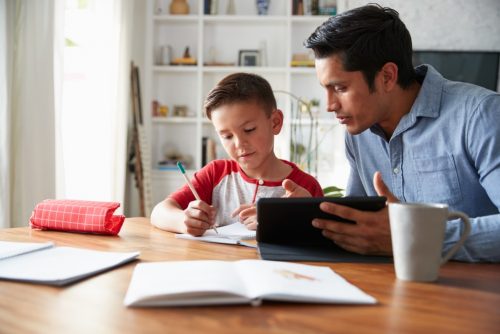Report: Pandemic shows parents’ shift from South Carolina public schools
Center Square’s Ted O’Neil writes on PPI’s recent report regarding school choice during the pandemic.
(The Center Square) – Homeschooling, public charter schools and private schools in South Carolina have seen an influx of students this academic year as families deal with educating their children in the age of COVID-19, according to a new report by the Palmetto Promise Institute.
“The response to COVID-19’s education disruption has shown that parents, when given the opportunity, will indeed make different decisions for school based on what may be best for their children,” Ellen Weaver, president of the Palmetto Promise Institute, wrote in an email to subscribers. “For some families, that has meant keeping them in the traditional public school system, while others have looked for innovations that may serve their children better.”
According to the South Carolina Department of Education, 29,000 fewer students are attending conventional pubic schools this school year compared with the 2019-2020 school year.
While there are still more than 700,000 students enrolled in the state’s 79 public school districts, the 29,000 who left amounts to a 4% decrease.
As the state’s public schools offered limited classroom instruction or were completely online for the 2020-2021 academic year, homeschooling became an increasingly attractive option. Homeschooled students jumped 37%, or 8,000 students, compared with last year.
More than 28,300 students statewide are now receiving their education via that option. South Carolina is not alone in the homeschooling surge, as a recent U.S. Census Bureau report showed a 16% increase in that option across the country.
Public charter schools in the state saw an increase of nearly 9,000 students, a 28% increase, and now serve more than 39,500 students.
Private schools saw a modest increase of 3%, going from almost 48,000 students last year to 49,600 this year.
“Anecdotal reports from independent school leaders attribute this increase – in tough economic times – to the fact that they must respect parents as customers and treat them accordingly,” Palmetto Promise’s report said.
As their enrollment falls, however, public schools are receiving increasing amounts of money, including $3.4 billion in federal aid. Federal, state and local public school funding is more than $10 billion, which breaks down to about $4,500 in federal spending per student and $14,800 in state spending per student. Those figures do not include $50 million the South Carolina Legislature approved earlier this month for cost-of-living raises for teachers.
“While some parents were able to afford to transition to an independent or home school during the pandemic, many more simply had no option,” Weaver wrote. “Income is too often a barrier for a family whose student may need something different.”
To that end, more than 60 South Carolina lawmakers have signed on as co-sponsors of a bill that would create an education scholarship account for income-eligible parents to receive the state money their children would receive in public school.
Palmetto Promise is a free-market think tank based in Columbia.






